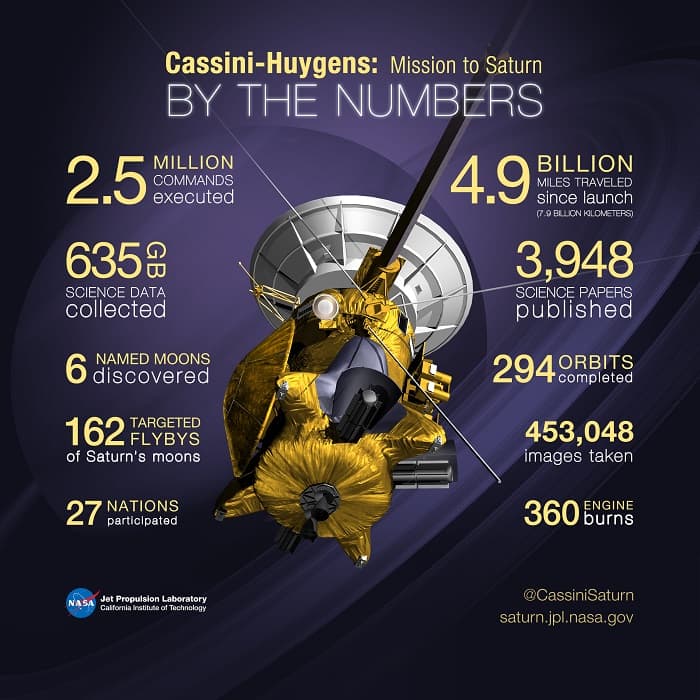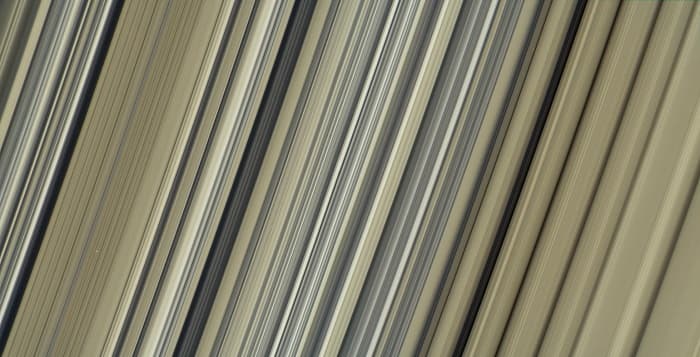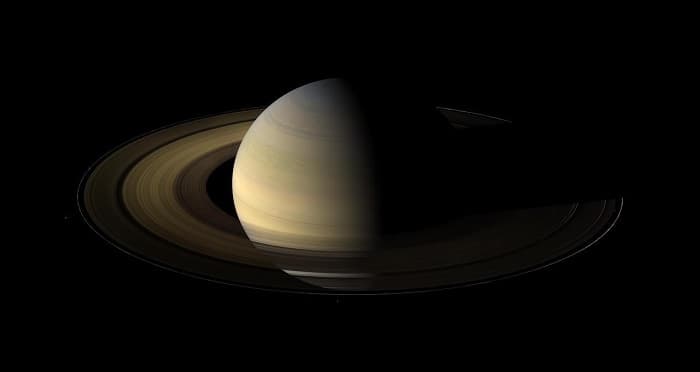Farewell Cassini - Insight from a decade long mission that uncovered the secrets of Saturn
September 15, 2017, is the day when a decade long space mission will come to an end. Jointly organized by NASA, European and Italian Space Agency, the Cassini – Huygens mission will meet its end after 20 years since its inception. Cassini spacecraft was launched earlier on October 15, 1997, with only one aim – to let us know more about the planet Saturn and its moons. Cassini first entered the Saturn’s orbit on June 30, 2004, and since then is sending back valuable information about the planet and its moons.

Saturn, the second largest planet of our solar system, with pristine rings none like any other was a mystery until Cassini explored and uncovered some of its deep secrets. The spacecraft also carried Huygens probe, the first man-made object which was delivered to the distant outer space and on the surface of Titan, the largest moon of Saturn. January 14, 2005, was the day when Huygens landed on Titan and gathered several useful information about the only moon which has a substantial atmosphere. Later on, frequent flyby by Cassini confirmed the presence of liquid methane over Titan and the change of seasons experienced by Saturn.

Saturn Rings As Observed by Cassini - Image Credits - NASA
Apart from the Titan, Cassini also made rendezvous with Iapetus and Enceladus, the two moons where it confirmed the presence of icy capes and liquid water jets which are coming out of the geysers present on the surface. The space craft has spent nearly 14 years which is equivalent to half year as per Saturn where 1 year is equivalent to 29 Earth years. It has gathered data while the planet was at Equinox and researchers believe that all these measures will prove vital to understand Saturn and other gas giants which are farther away from our planet Earth.

Saturn's Image captured by Cassini during Equinox - Image Credits - NASA
With such an extended operation period, Cassini has managed to support every mission extensions and has uncovered valuable information about the Saturn and its rings. One of them being the planet’s magnetosphere. The materials ejected out from the moons of Saturn feeds the rings and also acts as a major source of plasma that keeps on running the magnetosphere. Because of it, scientists believe, it is hard to estimate the rotational velocity of Saturn since it is devoid of any solid surface. The gas clouds which form the surface moves with it and is disturbed by the planet’s intricate magnetic field thus making it difficult to anticipate the length of a day on Saturn. Another important finding that categorizes Saturn’s magnetosphere is the perfect alignment of its magnetic poles with the axis of its rotation. Our earth’s axis is slightly tilted from our actual magnetic poles, however, both of them perfectly aligns when it comes to Saturn.
Though Cassini has been quite remarkable in its operation over years, it would no longer support any mission extensions. Because of insufficient fuel, it would fail and might end up being in a state where the navigation crew loses its control. That can lead to a possibility where it can collide with any of the moons of the Saturn ending up contaminating the environment. To avoid that, researchers have planned to subject Cassini inside the Saturn’s atmosphere where it will burn up and will become on with the planet. During that course, it will keep sending valuable information which will allow researchers to know more about the intricate magnetosphere, atmosphere, and particles which constitute the rings of Saturn.
Cassini has begun its final dive, ‘The Grand Finale’ where it will become one with the Saturn forever. With only 3 days left, Cassini is still capturing and sending every bit of information which might stand valuable in future. After Cassini, there might be other future space missions in relation to exploring Saturn and its moon, but, Cassini, will always be remembered for its serendipitous contribution both in the history of space and mankind.
Source - #-Link-Snipped-#

Saturn, the second largest planet of our solar system, with pristine rings none like any other was a mystery until Cassini explored and uncovered some of its deep secrets. The spacecraft also carried Huygens probe, the first man-made object which was delivered to the distant outer space and on the surface of Titan, the largest moon of Saturn. January 14, 2005, was the day when Huygens landed on Titan and gathered several useful information about the only moon which has a substantial atmosphere. Later on, frequent flyby by Cassini confirmed the presence of liquid methane over Titan and the change of seasons experienced by Saturn.

Saturn Rings As Observed by Cassini - Image Credits - NASA
Apart from the Titan, Cassini also made rendezvous with Iapetus and Enceladus, the two moons where it confirmed the presence of icy capes and liquid water jets which are coming out of the geysers present on the surface. The space craft has spent nearly 14 years which is equivalent to half year as per Saturn where 1 year is equivalent to 29 Earth years. It has gathered data while the planet was at Equinox and researchers believe that all these measures will prove vital to understand Saturn and other gas giants which are farther away from our planet Earth.

Saturn's Image captured by Cassini during Equinox - Image Credits - NASA
With such an extended operation period, Cassini has managed to support every mission extensions and has uncovered valuable information about the Saturn and its rings. One of them being the planet’s magnetosphere. The materials ejected out from the moons of Saturn feeds the rings and also acts as a major source of plasma that keeps on running the magnetosphere. Because of it, scientists believe, it is hard to estimate the rotational velocity of Saturn since it is devoid of any solid surface. The gas clouds which form the surface moves with it and is disturbed by the planet’s intricate magnetic field thus making it difficult to anticipate the length of a day on Saturn. Another important finding that categorizes Saturn’s magnetosphere is the perfect alignment of its magnetic poles with the axis of its rotation. Our earth’s axis is slightly tilted from our actual magnetic poles, however, both of them perfectly aligns when it comes to Saturn.
Though Cassini has been quite remarkable in its operation over years, it would no longer support any mission extensions. Because of insufficient fuel, it would fail and might end up being in a state where the navigation crew loses its control. That can lead to a possibility where it can collide with any of the moons of the Saturn ending up contaminating the environment. To avoid that, researchers have planned to subject Cassini inside the Saturn’s atmosphere where it will burn up and will become on with the planet. During that course, it will keep sending valuable information which will allow researchers to know more about the intricate magnetosphere, atmosphere, and particles which constitute the rings of Saturn.
Cassini has begun its final dive, ‘The Grand Finale’ where it will become one with the Saturn forever. With only 3 days left, Cassini is still capturing and sending every bit of information which might stand valuable in future. After Cassini, there might be other future space missions in relation to exploring Saturn and its moon, but, Cassini, will always be remembered for its serendipitous contribution both in the history of space and mankind.
Source - #-Link-Snipped-#
0
